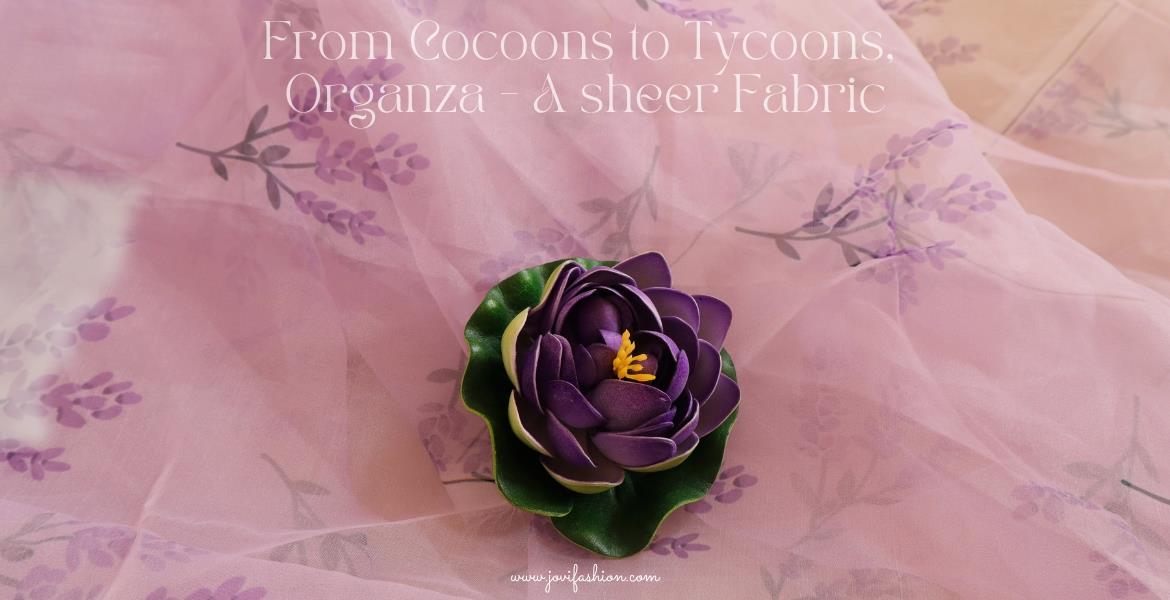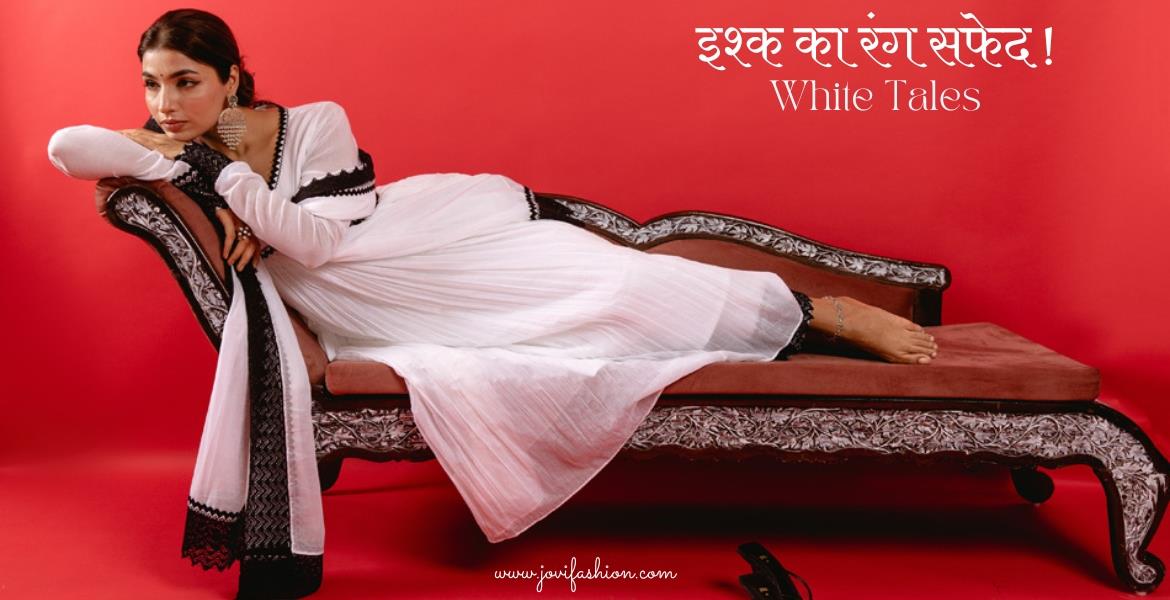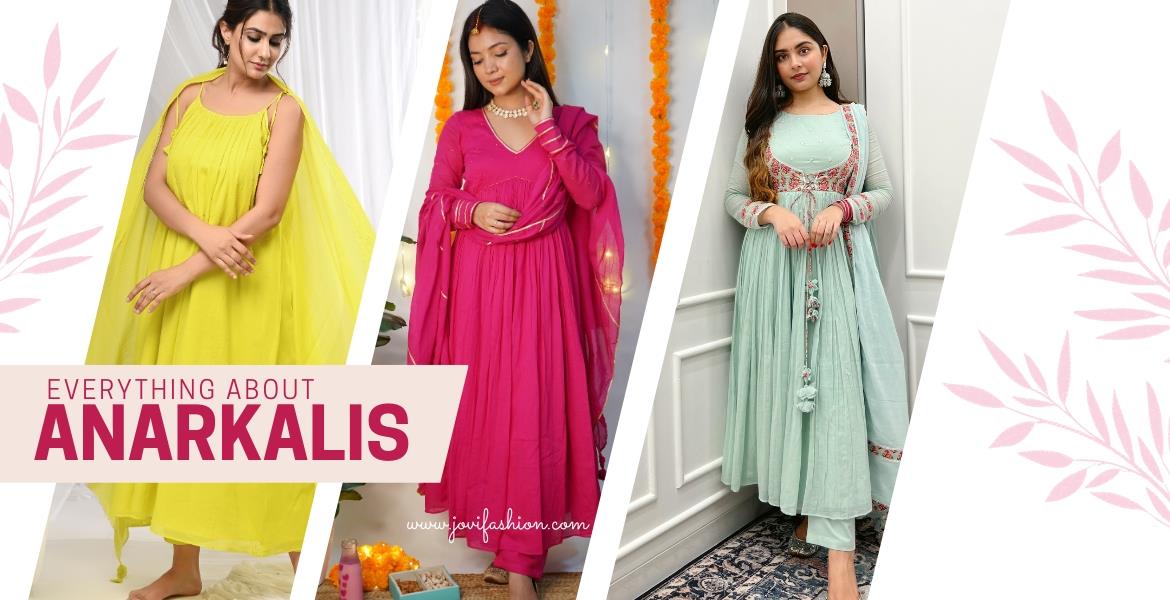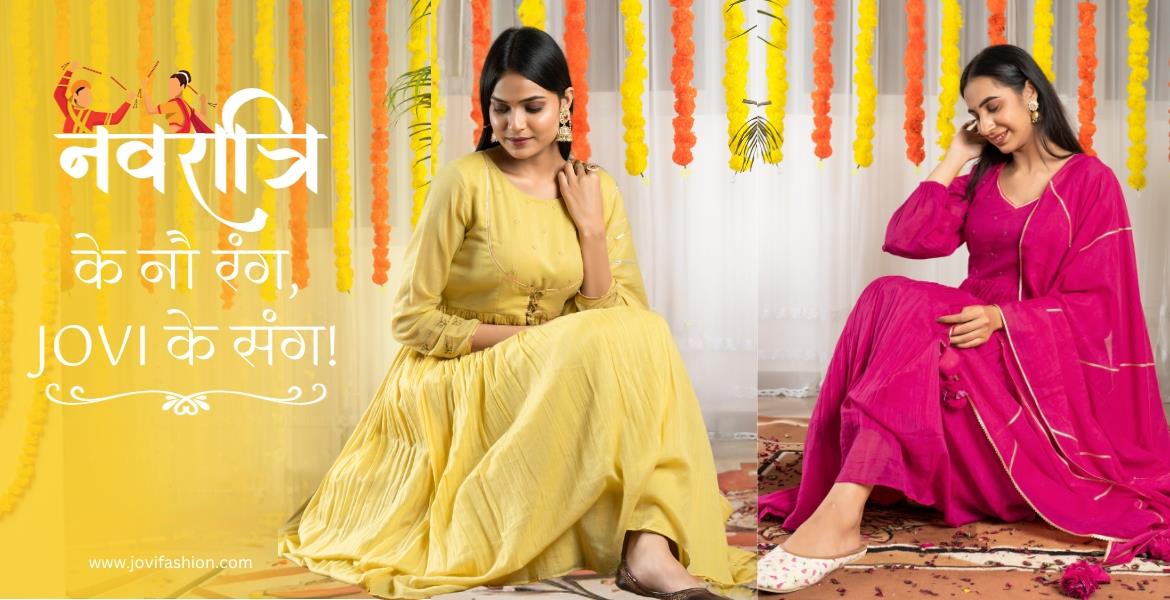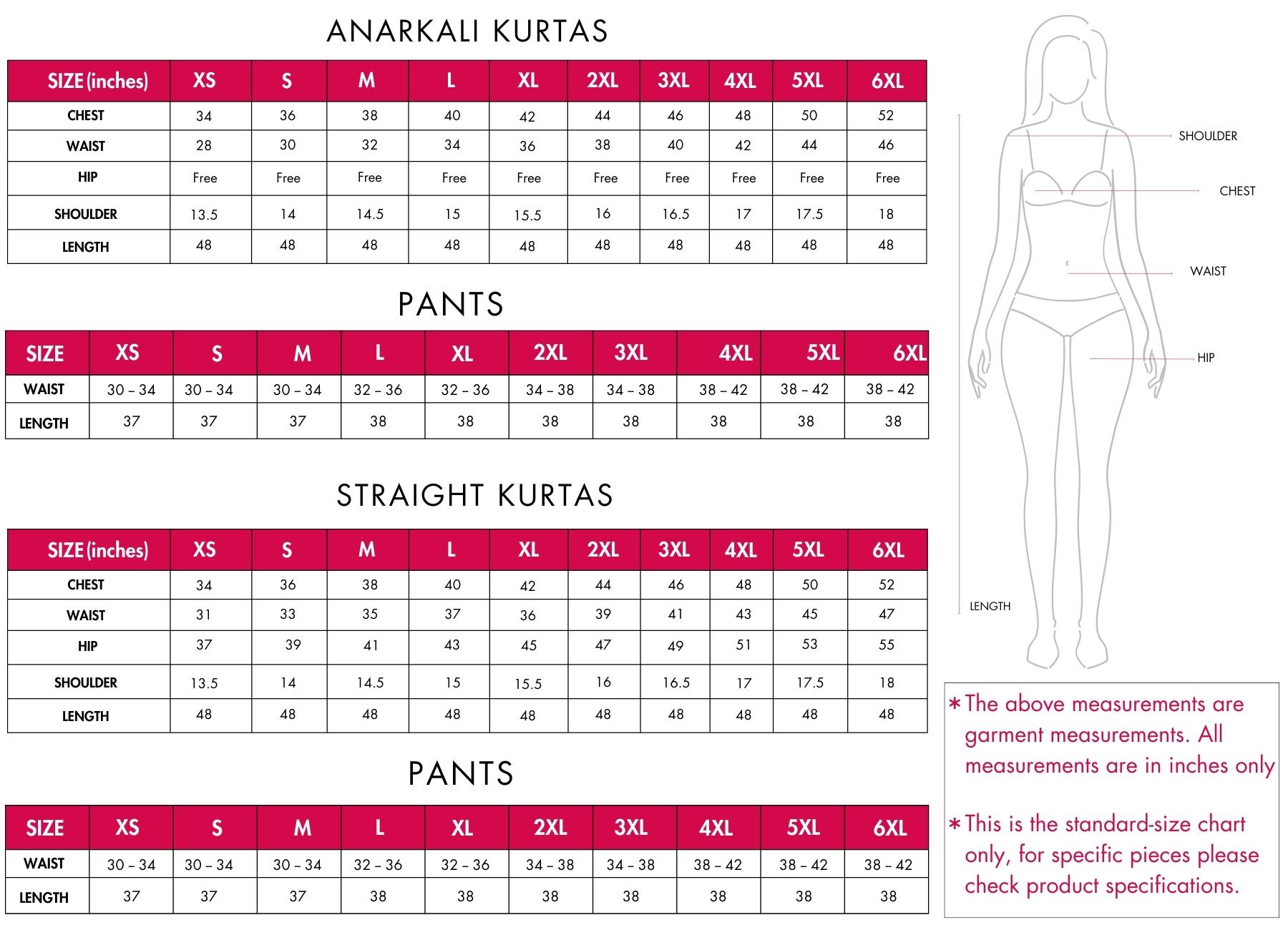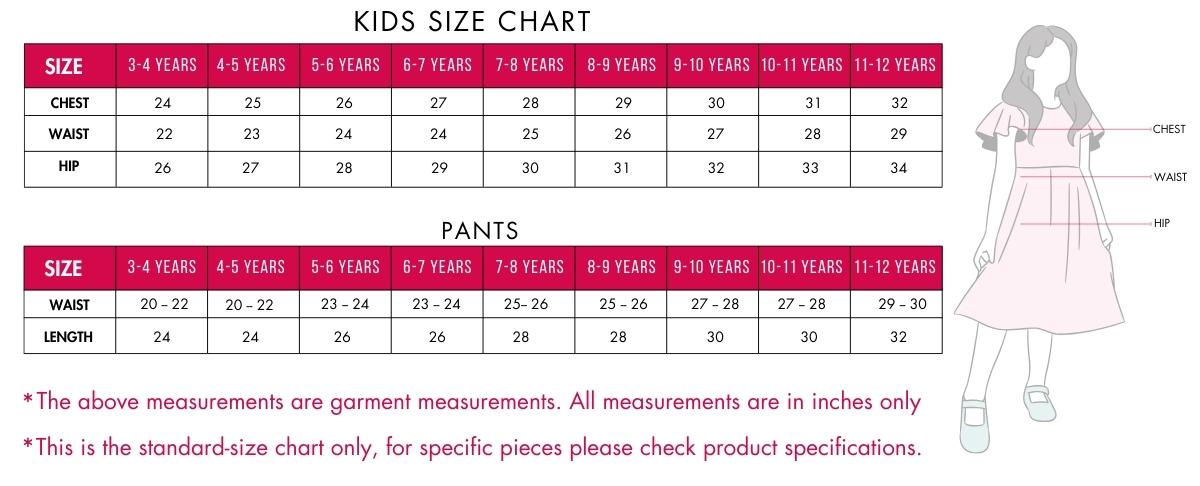IKAT Fabric Print:
All those who have been wearing Ikat dresses must be aware of the fact of how distinct and in demand this fabric is. Ikat is basically a dyeing technique. This technique is the most ancient way of dying the fabric. It is called resist dyeing and is mainly used on cotton and silk fabric. Unlike other tie and dye techniques, in Ikat, the yarns are first tied together and then dyed as many times as required to get the desired pattern on them.
Ikat Fabric: Timeless Craftsmanship and Intricate Blurriness
When a final fabric is ready, you see apparent blurriness on it; it is a salient characteristic of Ikat fabric. The blurriness is the result of the difficulty a weaver faces while weaving the yarns together to make a cloth. Indeed, Ikat is an elaborate dying process. It is not a print on fabric, nor a fabric weaved out of different colored or complexed yarn, but, it is formed by dying warp and weft before weaving it. The fine the Ikat fabric is the less blurriness is. Such fabrics come expensive because of the intensive craftsmanship and time required.
"Orissa Ikat: The Timeless Artistry That Crosses Borders and Boundaries"
Orissa Ikat is regarded as the best and is famous all around. If you believe, it is said that Orissa ikat dates back to the 12th century, implying that it has reached its pinnacle of perfection now. Orissa Ikat is not just seen on sarees but is also there on handbags, home décor items, upholstery, and footwear. In India, there are three states where Ikat is practiced prevalently, Andhra Pradesh, Gujarat, and Orissa. Other countries where Ikat fabrics are made are Japan, Indonesia, and other South-East Asian countries. It is interesting to note here how a craft with its origins in a small village in India has crossed borders and now coming up as more beautiful and brighter with varied color choices.
Wearing Ikat is indeed a matter of grace. Also, if you purchase Indian Ikat fabric, you are definitely promoting the Indian craft as well as helping the unrecognized and underpaid artisans. You will be surprised to know that if Orissa Ikat sarees are dyed and woven by hand then the time required for this entire process is up to 7 months with two people fully devoted.



